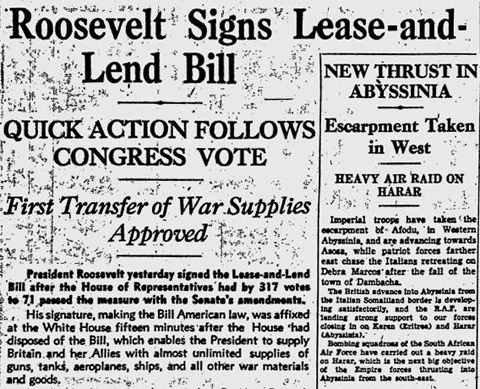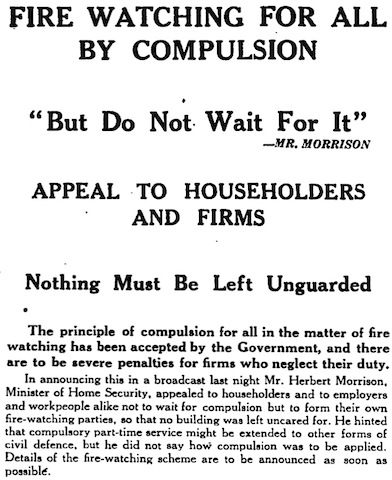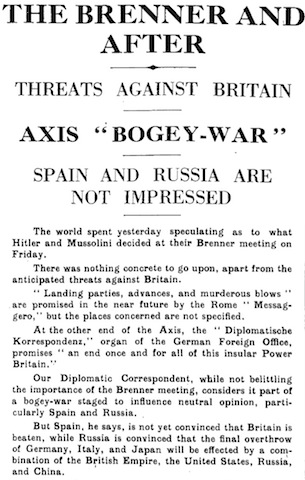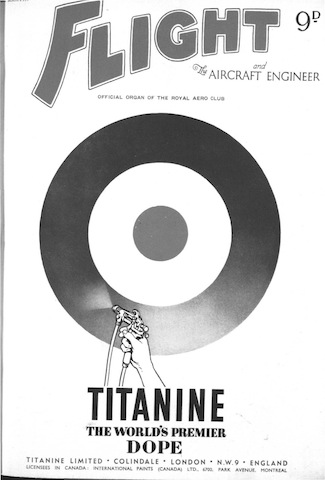Friday, 14 March 1941
The big news today is that the latest Italian offensive against Greek forces in the Tepelini sector has been a disaster. War correspondents estimate 10,000 Italian casualties, including 2000 dead; yet ‘it was stated in authoritative circles in London yesterday that the Italians do not appear to have made any perceptible progress’ (5). This is […]








